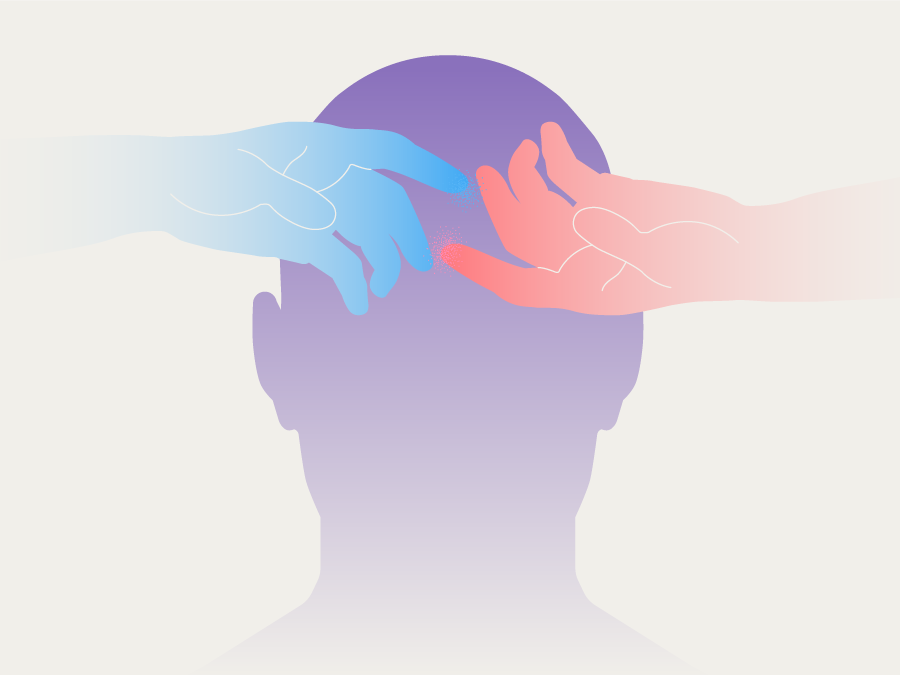
The Fourth Industrial Revolution (4IR) has brought about disruptions that demand businesses to innovate for survival. At the heart of innovation is design where the practice increases the quality of goods and services, improves the production agility, and reduces the cost of materials. Design is posited as vital and an indispensable strategic business resource. This has resulted in the demand to introduce design thinking courses in higher education in order to produce multidisciplinary innovators.
Design thinking in higher education is usually taught as specific courses or discipline. The challenge in teaching design thinking is to make the strategies that designers use to create products and solve ‘wicked problems’ explicit in order to be comprehensible by multidisciplinary non-designers. Design thinking advocators Brown and Camacho state that learners need to be explicitly taught to ‘think like designers’ within a project-based learning setting in which solving problems may be creatively enhanced by contributing toward innovation.
Currently, design thinking has no universal definition and there are many disparate views from experts about the general understanding with some perceiving it as a creative method while others advocate it as a state-of-the-art method for innovation. According to IDEO’s CEO Tim Brown, “Design thinking is a human-centered approach to innovation that draws from the designer’s toolkit to integrate the needs of people, the possibilities of technology, and the requirements for business success.” Regardless of the varying definitions, the design thinking processes observed by many practitioners today do share more or less the same phases. The three core phases are data gathering (exploratory and qualitative user research), idea generation, and user testing.
The primary learning outcome of design thinking is ‘creative confidence’ — the belief in one’s own creative abilities. This ‘creative confidence’ is similar to Bandura’s explanation of self-efficacy in which “belief in one’s capabilities to organize and execute the course of action is required to produce given attainments.” The world renowned d.school of Stanford University graduates have been found to display not just creative self-efficacy but also the ability to translate their confidence into action and alter their environment, thus introducing a new construct called ‘creative agency’. Adam Royalty explains that ‘creative agency’ is the ability to apply one’s creativity in a way that complements one’s creative self-efficacy. When the two combine, they make-up one’s creative confidence.
According to Taheri, the journey to developing design thinking capabilities includes affective and cognitive learning outcomes that are cohesively interrelated and of vital importance. All three skill-based, affective, and cognitive learning outcomes, need to be developed in parallel and infused with one another to correlate with Bloom’s Taxonomy that includes learning domains of cognitive domain (knowledge), psychomotor domain (skills), and affective domain (attitudes). Taheri adds further that the design thinking cognitive domain produces human-centeredness, experimental, collaborative and metacognitive outcomes while the affective domain produces empathy and user testing skills, and the skill-based domain produces creative agency, interviewing, and prototyping skills.

From the study of entrepreneurial intention of business graduates in Malaysia, one of the ways to address the employability issue is through promoting entrepreneurship. The education of entrepreneurial skills and mindset is needed to equip students with the capabilities required to successfully manage businesses and capitalize on entrepreneurial opportunities. Recent research has found that the university’s role in promoting entrepreneurship by offering entrepreneurial curricula has impacted students’ aptitudes toward entrepreneurialism. Design thinking affords an accessible and dynamic way to facilitate multidisciplinary projects, and this uniqueness parallels what current studies have revealed about how entrepreneurship education ought to be approached. Students could learn about customer development, problem-solving, product-solution fit, creativity, divergent and convergent modes of thinking, iteration, failure, resilience, and teamwork. These cognitive skills will help students to gain creative confidence and enhance their beliefs about the potential of entrepreneurship. The peer-learning centric design thinking modes increase the reflexivity of the individual student and group which will better prepare them for a work-life mindset upon graduation.
